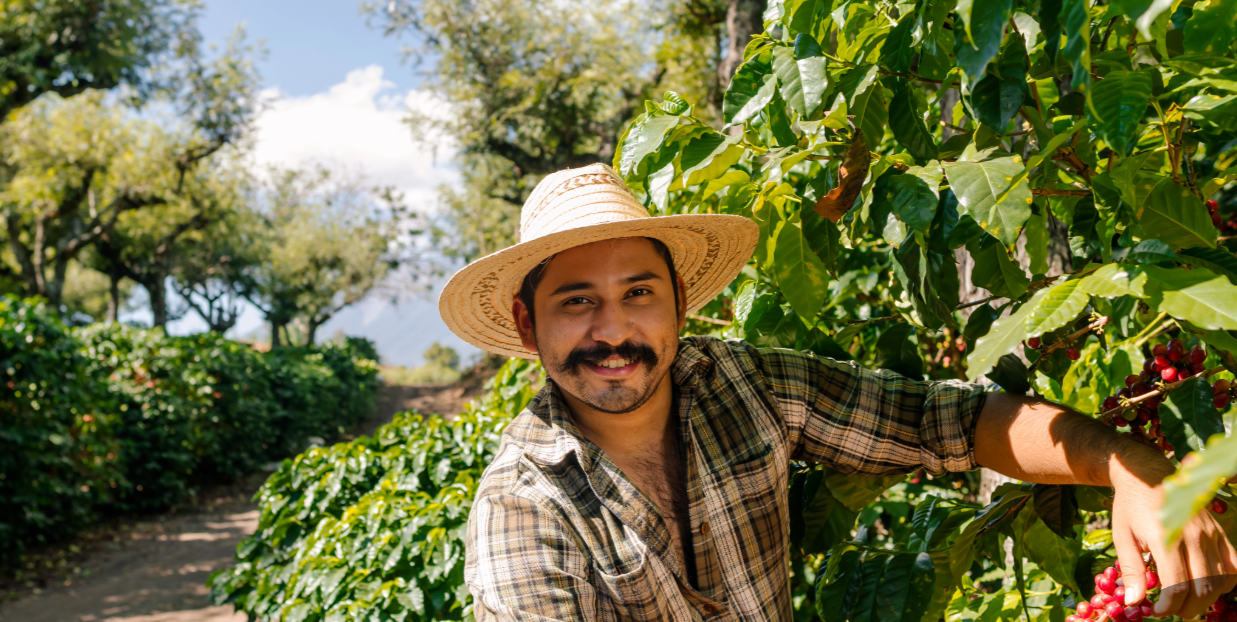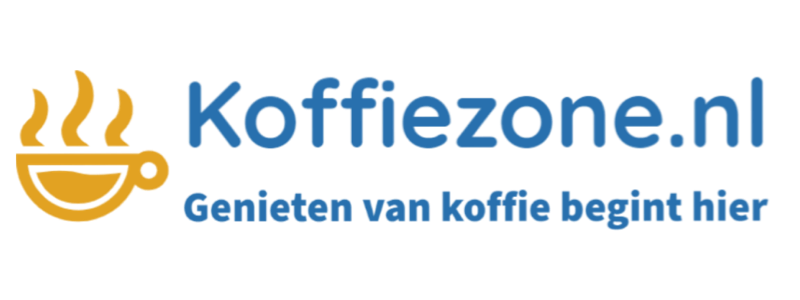The future of coffee: Challenges and hopes for the next 10 years
- Posted on
- By Arno

Coffee. For many of us, it's more than a drink-it's a ritual, a moment of rest, a way to start the day. But behind that steaming cup of coffee is a whole world. A world under pressure.
The future of coffee: Challenges and hopes for the next 10 years
Coffee. For many of us, it's more than a drink-it's a ritual, a moment of rest, a way to start the day. But behind that steaming cup of coffee is a whole world. A world under pressure.
The coffee industry is at a crossroads. Climate change, rising prices and the growing demand for coffee, especially in Asia, have huge implications for farmers and consumers. What does the future look like? And can we continue to enjoy our daily cup of coffee without harming farmers and the environment?
Climate change: the creeping threat
Coffee plants are picky. They grow best in a specific climate, with the right temperature and precipitation. But climate change is changing everything.
Hot temperatures and unpredictable rainfall are causing coffee plants to get sick more often and give lower yields. Diseases such as coffee rust (a fungus that attacks leaves) are spreading faster. This means coffee farmers have to work harder and harder to produce the same amount of coffee.
Researchers predict that by 2050, half of today's coffee areas will no longer be suitable for coffee production. This forces farmers to cultivate higher in the mountains, which is not always possible.
Coffee prices: why is coffee getting more and more expensive?
You may have already noticed: coffee is getting more and more expensive. There are several reasons for this:
- Climate problems mean smaller harvests. Less supply means higher prices.
- Big coffee brands and investors speculate on the coffee market, artificially driving up prices.
- Higher production costs, such as transportation and wages, make coffee more expensive.
At the same time, many coffee farmers still receive only a small portion of the sale price. While you pay more for your coffee in the supermarket or at a café, the farmers don't necessarily earn more.
Unraveling the economic chain
To better understand this, it's good to look at the entire coffee chain. For a cup of coffee costing €3 at a café:
- The coffee farmer receives on average only 5-10 cents
- About 15-20 cents goes to exporters and transport costs
- The roaster takes 30-50 cents for roasting and packaging
- Wholesalers and distributors add another 50-70 cents
- The café charges the rest (up to 70%) for service, rent and profit
This unequal distribution is a structural problem that calls for new business models.
Asia discovers coffee
Coffee used to be drunk mainly in Europe and North America. But in recent years, coffee has also become wildly popular in Asia. Countries like China, India and Indonesia are drinking more and more coffee. Young generations in particular are embracing coffee culture, from trendy coffee bars to luxury bean coffee at home.
The numbers are impressive: in China alone, coffee consumption increased by an average of 15% per year since 2017, which amounts to over 300,000 tons of additional coffee per year. In India, consumption doubled in the past five years. This explosive growth means an estimated 25-30% more coffee will need to be produced by 2030 to meet global demand.
This is good news for the coffee market, but it also means more pressure on production. More coffee is simply needed than ever before.
The struggle of coffee farmers
Coffee farmers are the backbone of the industry, but they are struggling. Many farmers are working with minimal resources and getting low prices for their beans. Many are even considering quitting because growing coffee simply no longer pays.
This is a big problem, because without farmers, there is no coffee. Fortunately, initiatives are emerging to help farmers, such as fair trade programs and cooperatives that guarantee farmers a fair price.
What will the future bring?
Despite all the challenges, there is hope. The coffee world is changing, and not just negatively.
- More sustainable coffee production: More and more farmers are switching to climate-friendly methods, such as planting shade trees and growing new, more resistant coffee varieties.
- Technological innovations: From precision farming to AI-controlled coffee machines, technology is helping to make coffee production more efficient.
- Consumer awareness: More and more coffee drinkers are consciously choosing fair, sustainable coffee. This is forcing big brands to change their policies.
Innovative solutions in practice
Direct Trade: short lines, better prices
A growing movement of small and medium-sized coffee roasters is opting for “direct trade” - direct trade with farmers. This skips traditional middlemen, allowing farmers to earn up to three times more for their product. Companies like Stumptown Coffee and Counter Culture in the U.S. are building long-term relationships with farmers based on quality and fair prices.
Genetic research into climate-resistant varieties
Scientists such as those at World Coffee Research are working to develop new coffee varieties that are more resistant to heat and disease. The F1 hybrid varieties are showing promising results with 30% higher yields and better disease resistance. Meanwhile, the rediscovery of forgotten coffee varieties such as Liberica and Stenophylla is helping to bring diversity to the coffee ecosystem.
Certifications: blessing or burden?
Labels such as Fairtrade, Rainforest Alliance and UTZ try to promote sustainability, but they also have limitations. Although they guarantee minimum prices, the costs and administrative burdens for farmers are significant. New blockchain-based traceability systems offer an alternative that promotes transparency without placing costs on farmers.
A future with fair and delicious coffee
Coffee is at an exciting turning point. The challenges are great, but so are the opportunities. If together we are more conscious about our coffee choices-by buying fair and sustainable coffee-we can contribute to a better future for both farmers and our beloved coffee.
Ultimately, it's about finding a new balance: between price and quality, between tradition and innovation, between local interests and global markets. The key lies in valuing coffee as a precious cultural product rather than a cheap commodity.
So, the next time you drink a cup of coffee, take a moment to think about the story behind that cup. And enjoy it, because coffee is and always will be a wonderful product that connects people worldwide. Order your coffee at Koffiezone.nl



 Coffee beans
Coffee beans
 Coffee pods
Coffee pods
 Ground coffee
Ground coffee
 Instant powders
Instant powders
 Coffee cups
Coffee cups
 Offers
Offers
 Accessories
Accessories
 Tea
Tea
 Coffeeblog
Coffeeblog
 Blog
Blog
